Where Do I Go?
Go where the people are—and expect to spend a hell of a lot of time there. I started in houseless spaces that centered writing: the street newspaper, which had 95 percent homeless writers, and the creative writing class at the city’s overnight shelter. I showed up to fold newspapers, chit chat, and share my own crappy poetry with the group (I am not a skilled poet).
I showed up consistently without an agenda, though if asked what I was doing there I would always share that I was a writer working on a play. People got to know me, and they saw me folding newspapers, and eventually they asked to hear more about my play. That turned into conversations, a desire to see pages, and eventually a reading on the corner outside city hall, where folks told me they felt most comfortable meeting. I showed up with a box of donuts and a stack of scripts, and we read through the play and discussed it.
Community embedding is more like making friends than assembling a focus group, especially in the beginning. You probably aren’t going to walk up to a random person, introduce yourself, and ask them to read your play. Relationships evolve over time. With this work, often a lot of time.
What Do I Really (Like, Really Really) Have to Offer?
Obviously, I believe in the transformative power of art. I believe there can be deep value for someone in being witnessed, having their story heard and maybe even told. I believe creating an archive of the lived experiences of humans who are too often forgotten is an act of justice.
However, I will not go up to someone and say: “Hey, want to tell me your story and maybe I’ll use it for an art project? That’s justice!”
Each person owns their story and owns their time. Sometimes that’s all they own! It absolutely does happen that people feel their negative experiences have value through talking with a storyteller, but that’s not guaranteed.
When I had questions about the relationship between prison gangs and street gangs, I called my friend Linda, who was fresh into housing out of the women’s shelter. She picked me up ten minutes after my call to run her catering drop-offs with her, and we listened to Michelle Branch and chatted about what she had experienced. At the end she said she was glad her knowledge could contribute to the work I was making.
For every Linda story, I have one of a person who was really not into what I was doing. Taking an easy “no” is a crucial part of community work. When a guy at the library saw me handing out flyers and called me a cunt under his breath, I didn’t give him a speech about the value of art. I just let him read his newspaper.
So, what do I know I have to offer? Snacks. Something to do when you’re bored on the street. A place to charge your phone. Those are valuable offers to someone who lives outdoors. If they get something out of the play or our discussion, that’s just gravy.
Who Am I Expecting?
There is no prototypical “community member.” Community-embedded practice might be social justice work, but that doesn’t make all community members “woke.”
In my daily life, there are two places I’m likely to run into someone with profoundly different beliefs than me (like, Trump supporter different): in the older generations of my family and in my community practice.
I might be entering a prison with values of abolition and liberation, but that doesn’t mean I won’t be setting up equipment with an incarcerated guy whose bracelet says “Keep Christ in Christmas.”
I believe that everyone deserves housing. So when I hear that one of the residents at the transitional house asked for a new case manager when he found out his was gay, do I stop giving him access to the arts programming that I’m there to deliver?
To be honest, this is something I’m still deeply in process with. I don’t have an answer here. I know that as a gay transgender man, I deserve to feel safe. I also know that you can’t kick people out of homeless spaces or prisons—that’s where people go when they get kicked out everywhere else. Refusing to engage with someone does not align with my values in these spaces. And yet.
I don’t have an insight on what to do in these situations at this point in my process. Let me know if you have one. But what I do mean to say is this: not everyone in prisons thinks they should be abolished. Not everyone who lives outside believes housing is a human right. Be ready for profound difference to emerge between you and the people you’re hoping to engage.

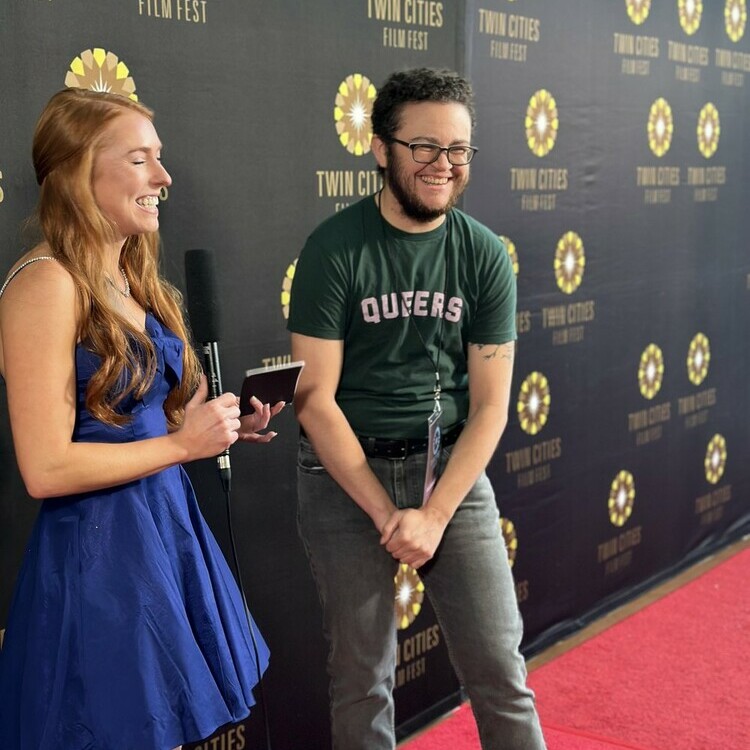
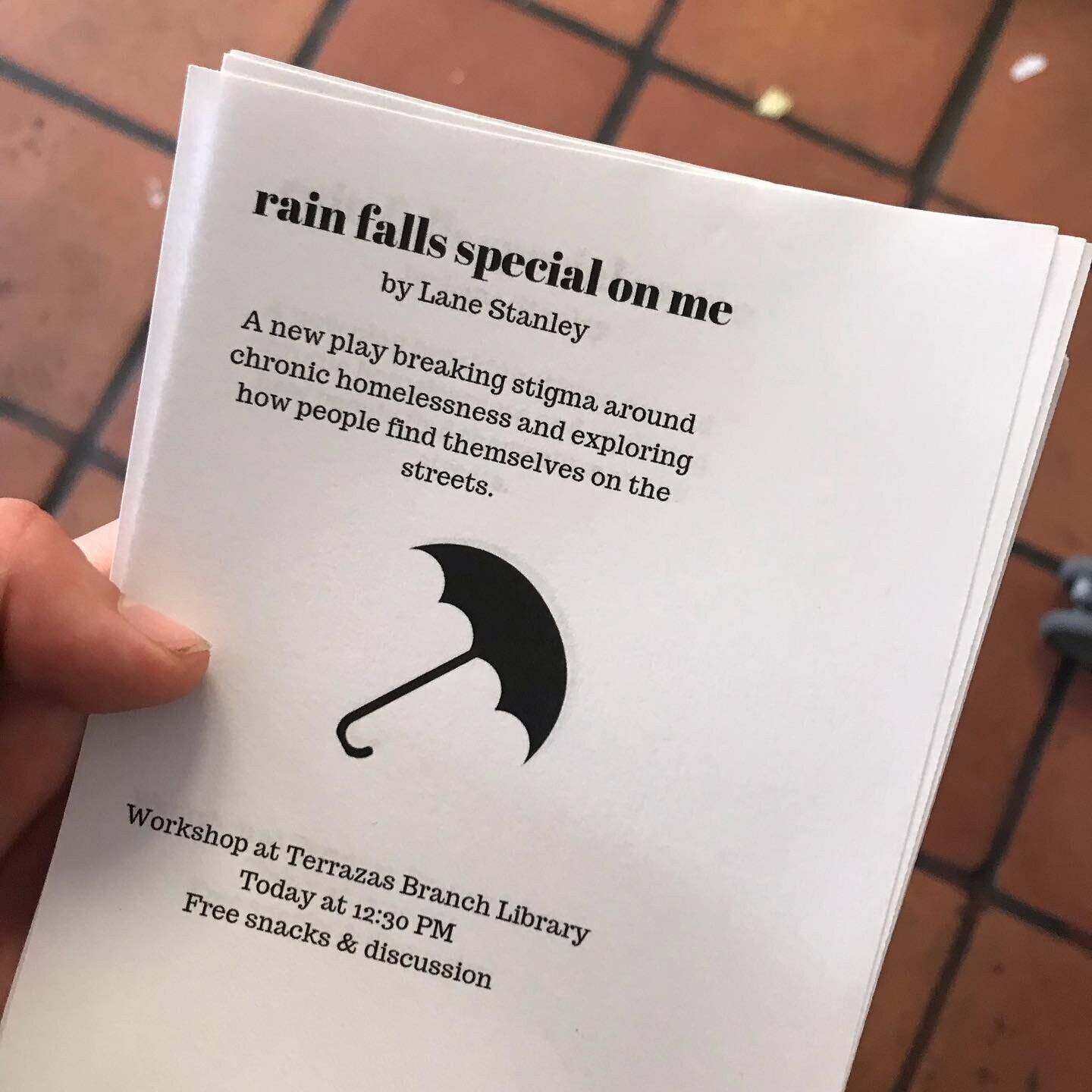
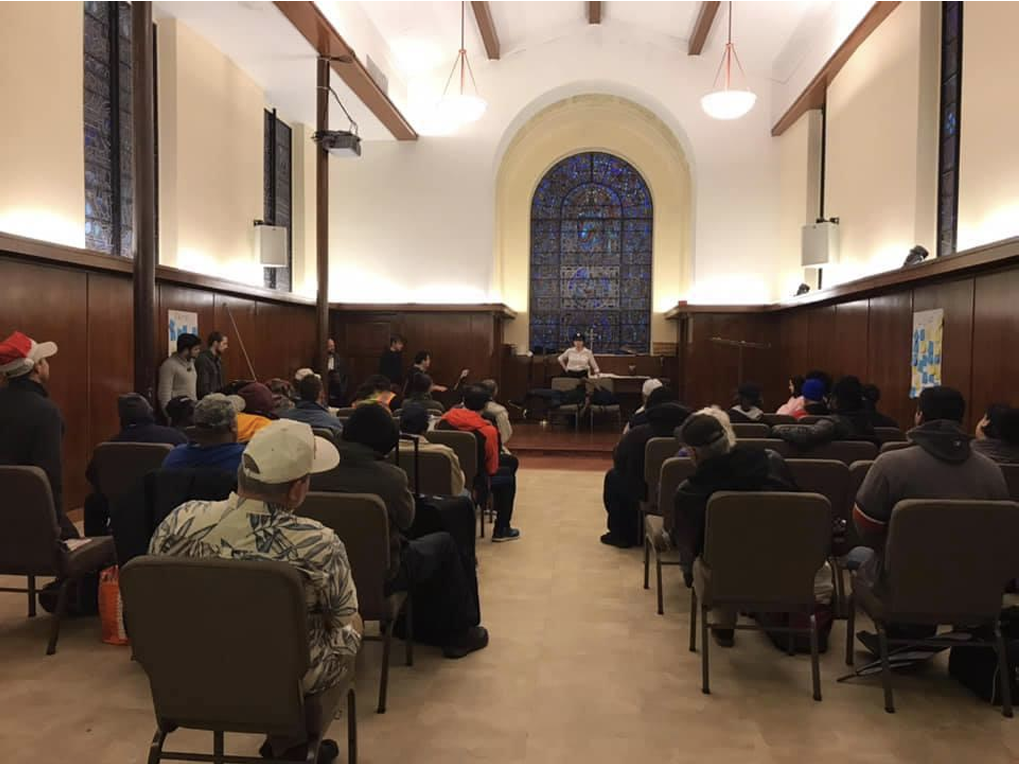

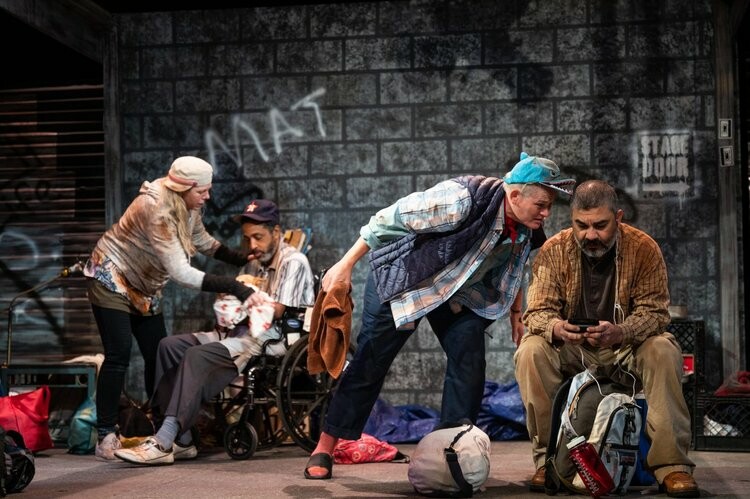
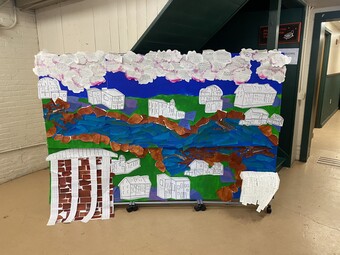

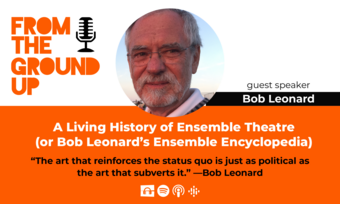


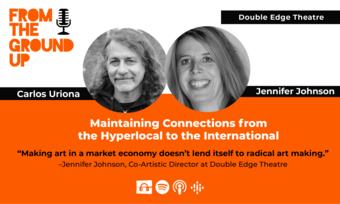


Comments
The article is just the start of the conversation—we want to know what you think about this subject, too! HowlRound is a space for knowledge-sharing, and we welcome spirited, thoughtful, and on-topic dialogue. Find our full comments policy here